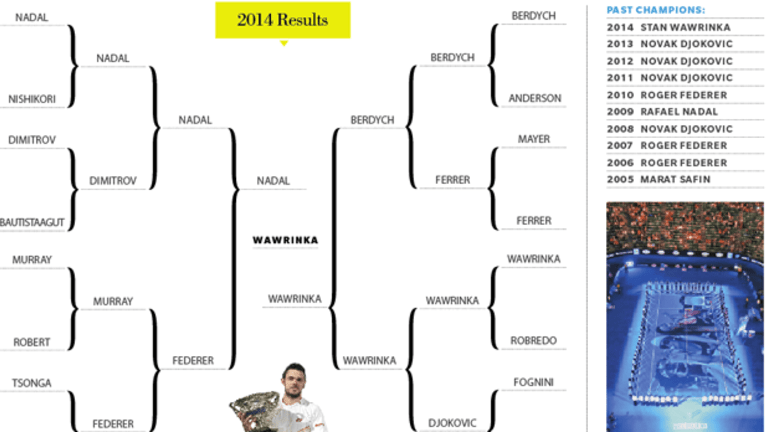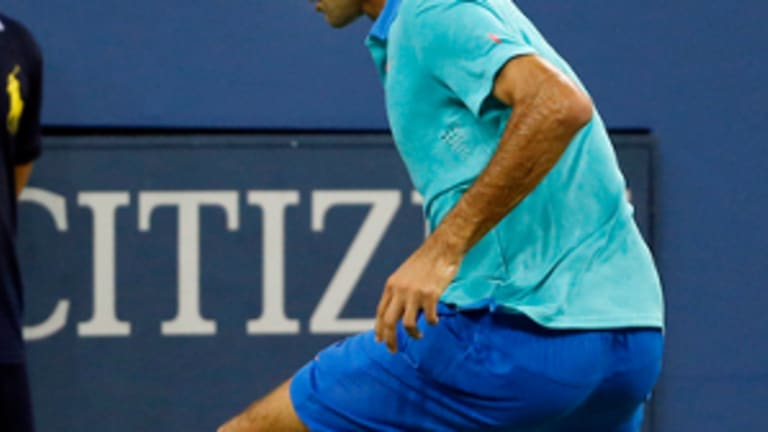When it comes to tournament resurrections, the Australian Open remains the shining success story of the last 30 years. After a couple of decades in the wilderness, when it was ignored by virtually every male player of note, the Aussie Open reclaimed its full Slam status when it moved into Melbourne Park, and changed from grass courts to hard, in 1988. Since then, the tournament has become perhaps the most popular of the majors with the players, and one of the most entertaining for spectators; some of the best matches of the last 20 years have been played on its medium-paced hard courts. On the flip side, “The Happy Slam” has also become known for its antipodal summer heat, which regularly exceeds 100 degrees.
In the years before the current ATP Golden Era, the Australian Open had a reputation for producing surprise winners; they included Thomas Johansson, Petr Korda and Yevgeny Kafelnikov. That trend ended in 2004, when Roger Federer, Rafael Nadal and Novak Djokovic took over and split nine of the next 10 titles between them.


